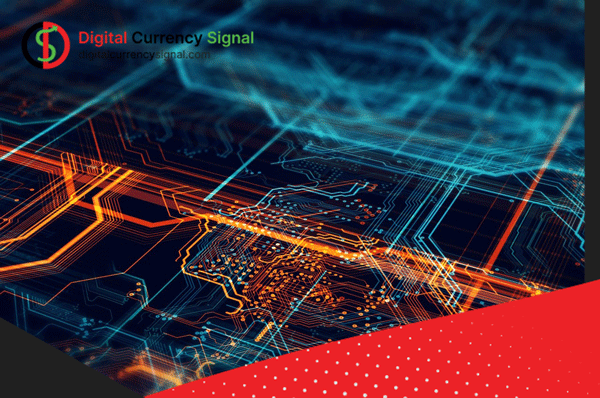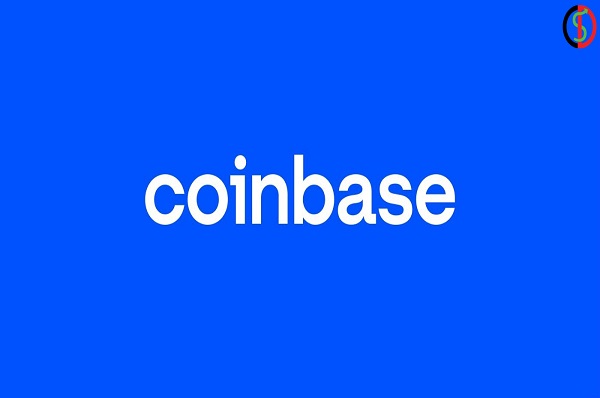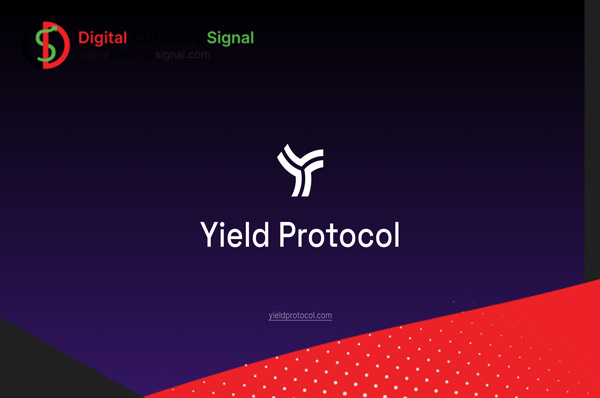Stay with Digital Currency Signal to review the article below
Evaluating the economic rates of the digital currency of the project or the Tokonomics program is one of the most important factors in the evaluation of cryptocurrency projects, but in different evaluations there is no connection called ” cash structure”. The solution to this problem is to design and revise the “Toconomic Scheme” based on the project budget. Like the electrical circuit, which is made by connecting different components such as the power supply, resistance, capacitor and inductor of the electrical circuit, in financial structures, by connecting the materials separately, an economic plan has been created and the funding has been established. In this chapter we will discuss this issue
Knowledge is a Tokonomics Circuit
In any digital currency project, a number of different factors must come together to create financial liquidity. This collection is called “Toconomics Circuit” and its components are as follows:
amount of mark or money (q)
Cash flow intensity (i)
Number of possible differences (v)
Resistance to burn marks (R)
Source of real return(y)
Token capacitance elements (c)
betting token(lar)i
Of course, this chain mainly deals with centralized financial issues and deals with other issues. We will examine each of these components below. Read on for more information.
1. Amount of funds or tokens
A cash or draft symbol can be thought of as a current in an electrical circuit.

2. Cashflow intensity
The cash flow shows the number of tokens for each time period. In other words, the number of tokens entering or leaving the pool is the project’s stock in the trading process. This coefficient is calculated using the following formula:
• i = q/t
• Payment Intensity = Token Price / Time
3. Quantitative indicator of potential difference
Structural basis of design and research To evaluate project assets each token must have a precise meaning because, like the voltage in an electrical circuit, it is the driving force to generate cash flows. Regardless of platform, information mismatch leads to valuation mismatch and cash flow reversal from high-potential assets to low-potential assets. The FOMO-induced rush of users to high-value assets is a prime example of reverse flow. The bubble formed at this point is an effective cash flow driver and manifests as selling pressure.
4. Resistance to token burning
Since making each transaction requires validators to pay gas fees, the token burn resistance factor is used to adjust fees and create ways to use and burn tokens to combat inflation. Although this factor is intended for different purposes, the problem is that users can only know the amount of cash flow resistance or qr. This indicator shows the number of tokens burned at a certain time, and here liquidity analysis plays an important role. Resistance to token burning is an effective factor in price reduction mechanisms, usually benefiting the protocol and users.
Cash flow = cost / resistance
Value/Resistance = Cash Flow
The existence of a value gap indicates a different relationship of cash flow to the resistance of the indicator heat. In practice, the highest level of demand occurs when users use the protocol product for the purpose of obtaining real value. In this way, creating more resistance to money and charging reduces liquidity.
Given: i = q/t
Հետևաբար՝ qr = vt/r
5. Source of real profit
It uses different trading models to establish a minimum product (MPV) or market fit product (PMF) to help you invest in digital assets and get a return on it. It is a great reward. In a tokenistic circuit, battery or driver resistance; Capability and the token element known as the “coin effect” and the symbol “z” are carried. The structure of this structure is linear and is shown by Ohm’s financial resistance chart:
6. Case of Token Capacitive Capacity
Just like capacitors in decentralized exchanges, applications and centralized exchanges store tokens for a specific project, capacitors can be considered in the Tokenomics loop, such as wallets and aggregators.
Capacitors in the Tokonomics circuit represent the level of user participation in the platform and allow analysis of cash flow conflicts. When economic shocks occur, token returns and deposit levels determine the likelihood of a death spiral or flywheel outcome. Additionally, the level of market sentiment can be measured using the two factors of accumulation and withdrawal.
I = C*DV/DT
Liquidity = density factors * rate of change in value
In fact, when the value of the token changes, users are asked to deposit or withdraw, and cash flow or withdrawal occurs immediately.
7. Cases of token contribution

As in the electrical circuit, the presence of the inductor is not necessary, in the Tokonomics circuit, due to the stability of the cash flow, the presence of the stacking material is not a problem, but if the cash flow is not, then the stacking is. an effective method that helps to stabilize the system. In fact, the existence of a prize machine is based on a specific return structure that measures the cash flow.
v = S*di/dt
Value = inventory * variable cash flow
In this formula, the value is defined by multiplying the stake parameter by the variable cash flow rate. Except in cases where cash flow changes due to customer or selling decisions, the project team can manage the value of the assets according to their financial strategy.
There are also many non-linear financial components, such as airdrops, prize pools and more. In the field of economics, such cases help to maintain the financial stability of project features. Therefore, when developing real return models, things like token model types, monetary policy structure, and inflationary and anti-inflationary mechanisms should be considered.



